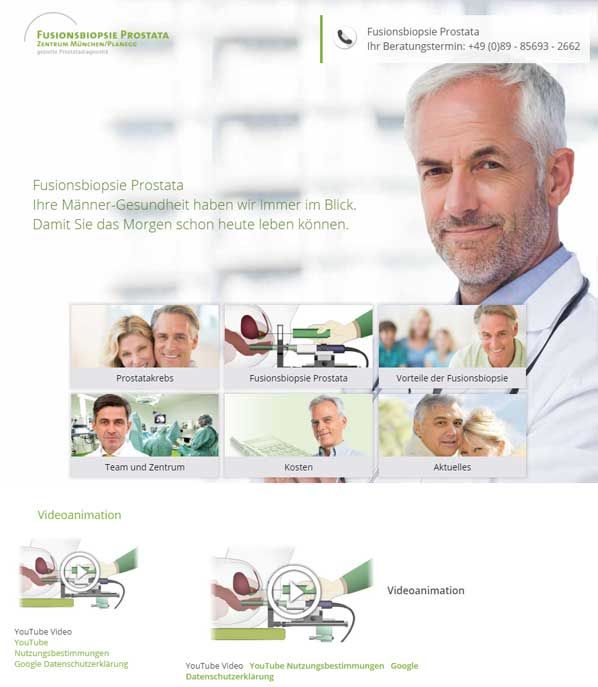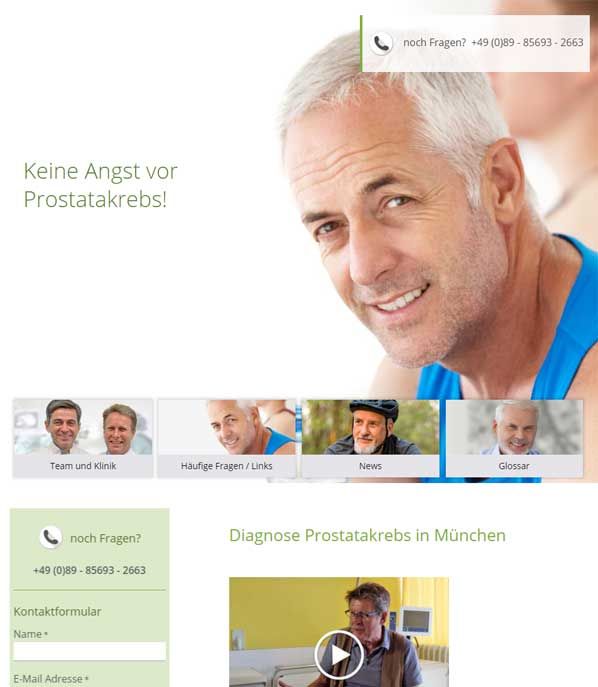What is urology?
Urology is concerned with the diagnosis and treatment of conditions in the urinary tract and the male sexual organs. The field is divided into several sub-disciplines:
- Andrology: this field is primarily concerned with the reproductive and sexual function in men.
- Endourology: this concerns the diagnosis and surgical treatment of urological conditions using optical instruments (endoscopes)
- Infectiology: this concerns the diagnosis and treatment of infections of the urological organs
- Urinary stone treatment: this concerns the diagnosis and treatment of kidney and bladder stones
- Paediatric urology: this concerns the treatment of congenital deformities of the urological organs or urological functional disturbances in children, such as enuresis (wetting)
- Medicinal uro-oncology: this refers to the medicinal treatment of urological tumours
- Surgical uro-oncology: this refers to the surgical treatment of urological tumours
- Neurourology: this refers to the treatment of urological problems in the context of underlying urological diseases (such as paraplegia and multiple sclerosis)
- Uro-gynaecology: this refers to the treatment of urological problems specific to women, especially incontinence and pelvic floor prolapse
- Uro-radiology: this refers to the detection of urological conditions using imaging techniques.
The diagnostic process in the field of urology is generally conducted in step by step form. It begins with a patient consultation before moving on to a physical examination.
Only then are further diagnostic procedures performed, which can include:
- Laboratory analyses (urine, blood, etc.)
- Ultrasound
- Endoscopy (e.g. bladder and urethra)
- Other imaging techniques (e.g. CT or MRT)
- Examinations under anaesthetic (e.g. the taking of tissue samples from the bladder or prostate, endoscopic examination of the ureter, etc.).
Once the condition has been diagnosed, appropriate therapy can subsequently be performed. This can include surgical or non-surgical (conservative) techniques.







